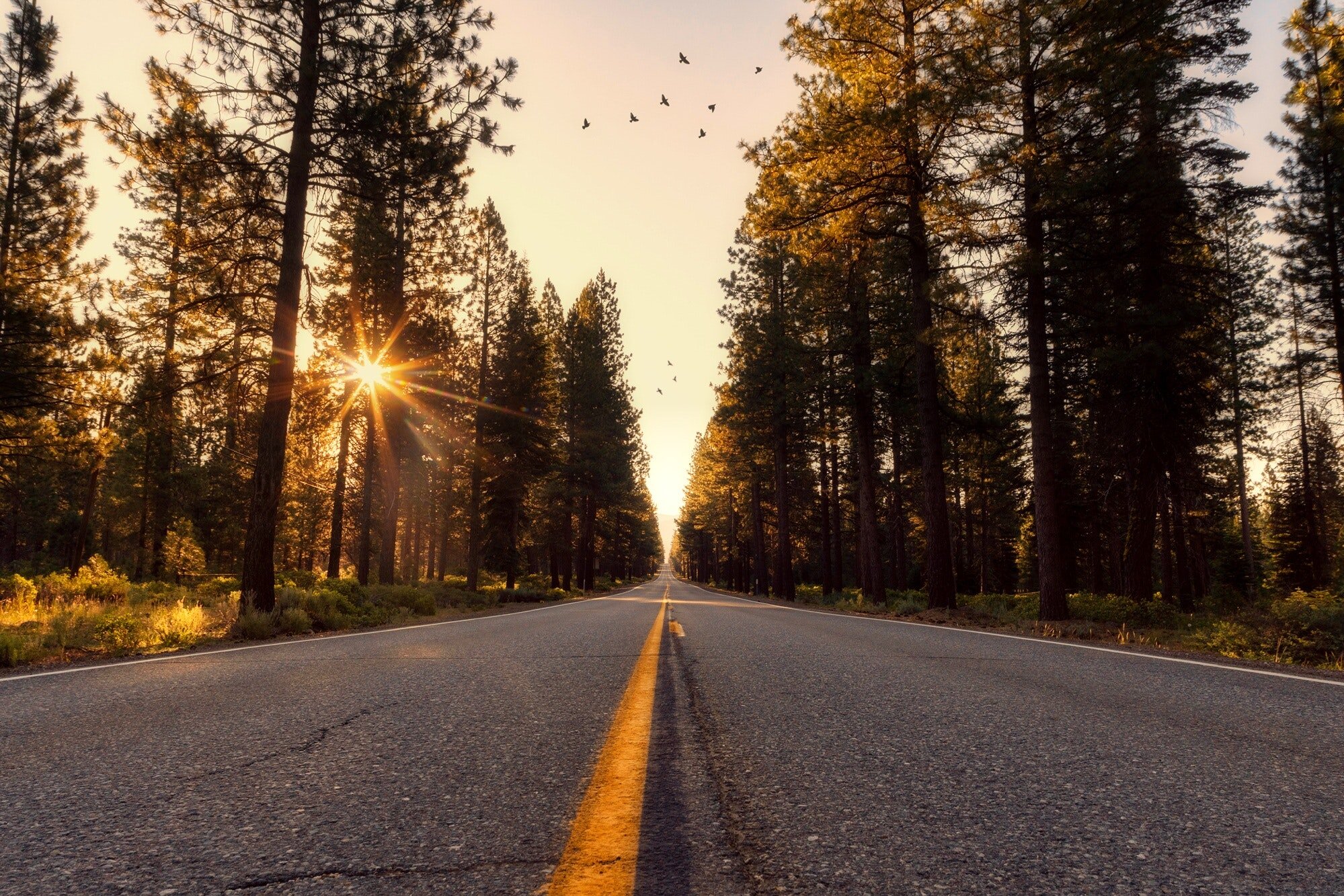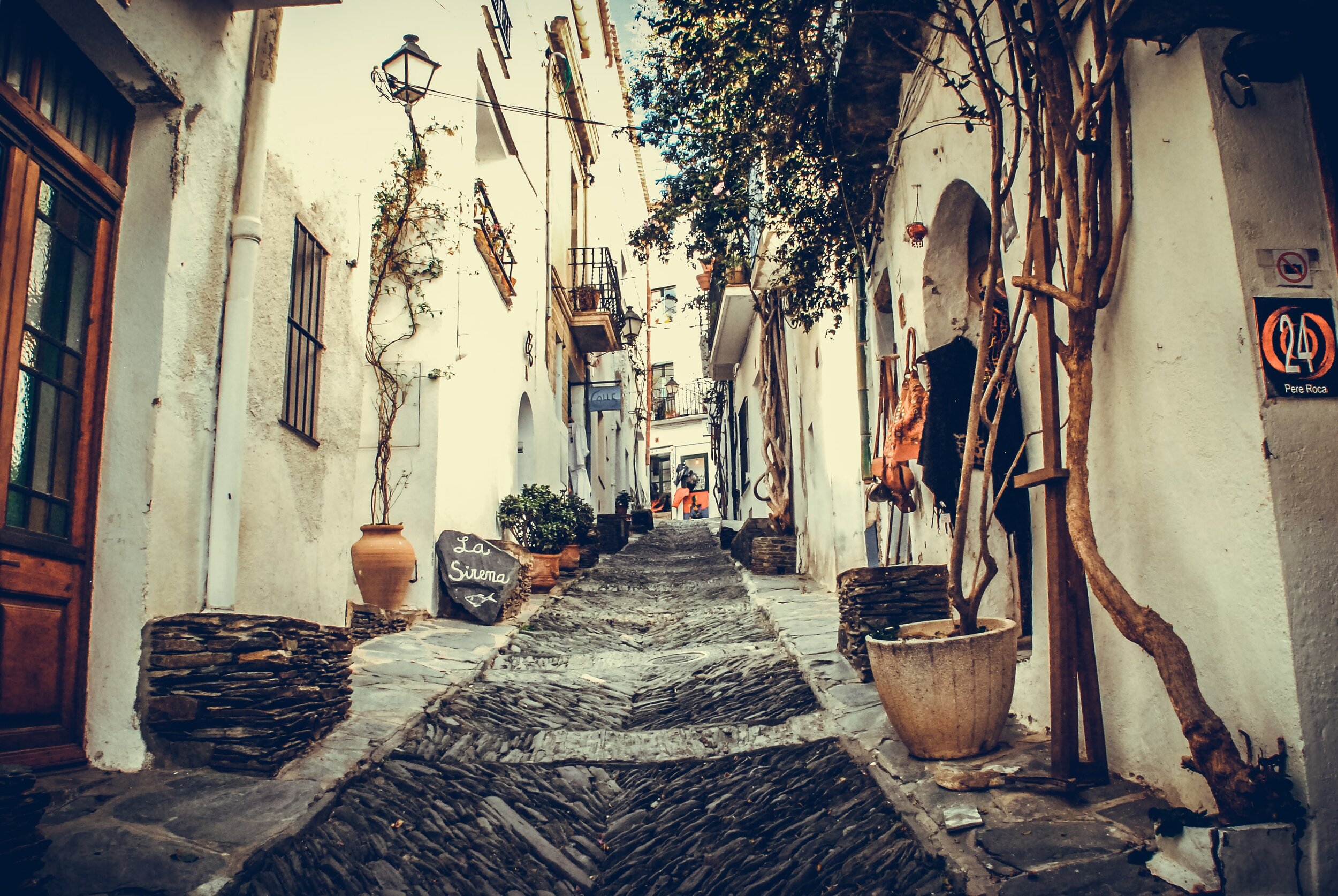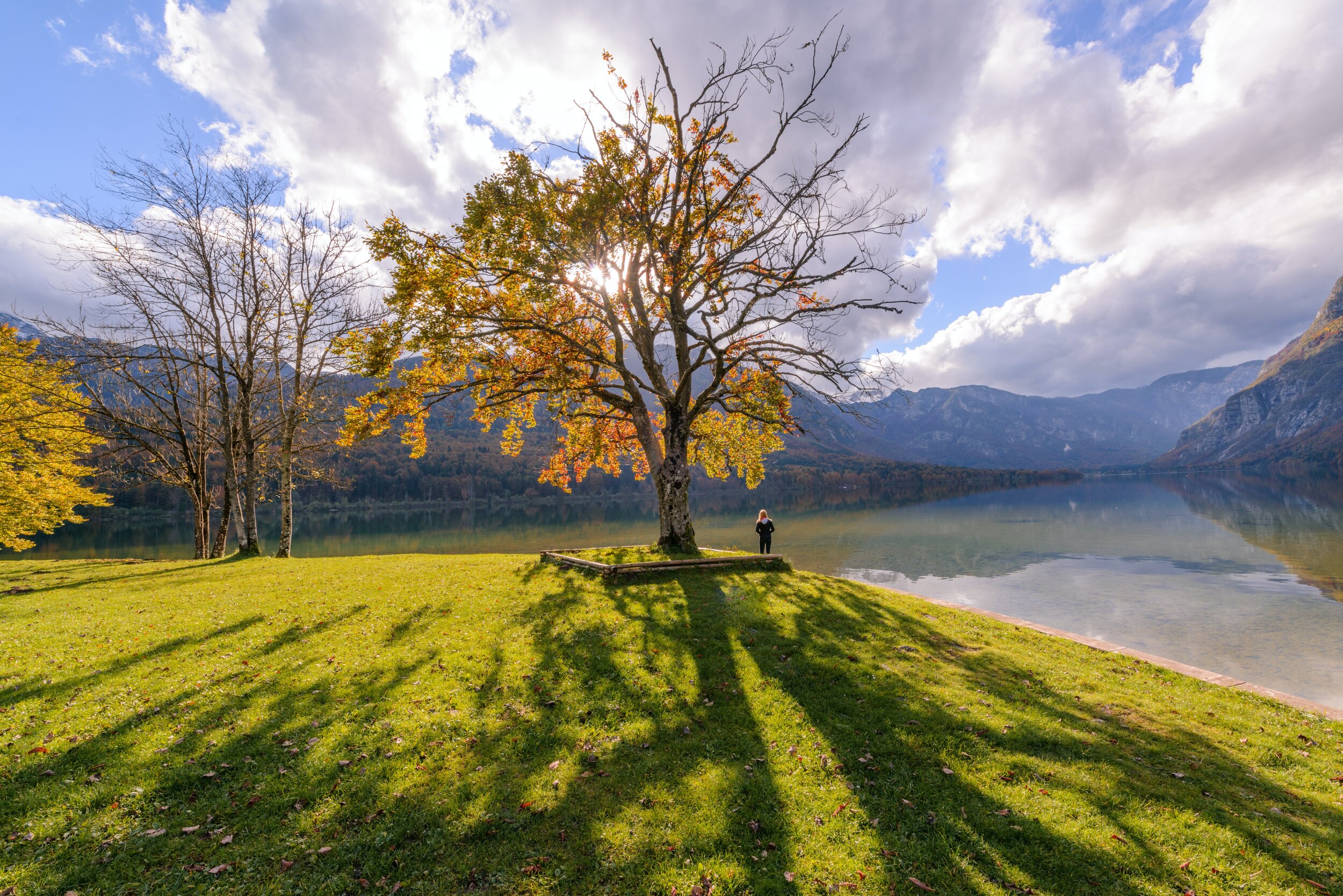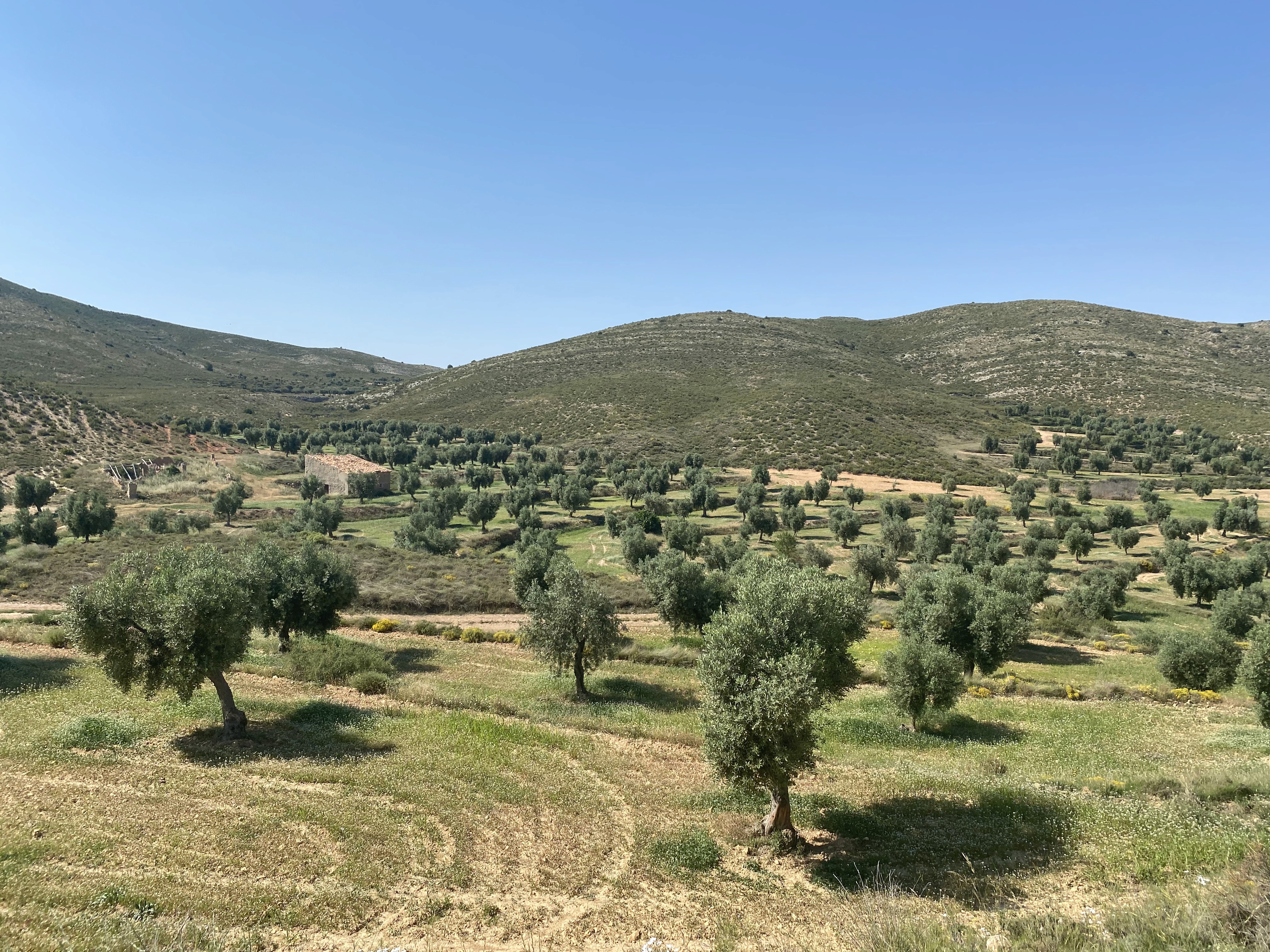Regenerative tourism
Regenerative tourism
Post-pandemic tourism: The rural environment and new opportunities
Post-pandemic tourism: The rural environment and new opportunities
4 de noviembre de 2020


By Pako Rodríguez, a consultant specialised in tourism. (Original publication in Spanish)
In the first part of this article, we saw some analytical tools to value an area in order to convert it into a tourist destination. Now, with the vaccine developed, it’s time to analyse what the new reality of tourism will be while this transition period lasts until its global application, so that we are prepared when the population is ultimately immunised. And as Brian Chesky says, “when travel returns, with all its might, it will be different.”
According to a study carried out by Caixabank, the reactivation of the tourism sector will be a reality this very year, reaching figures from 2017. This is an encouraging statistic, as we are talking about levels that, according to the UNWTO (World Tourism Organization), were already setting travel records, both domestic and international. If we heed this optimistic study, perhaps the best strategy is to start to glimpse the trends that will shape the post-pandemic tourism and how both social and economic effects will impact us.
Great needs, new options
If we have learned anything in 2020, it’s that there exists an excess value that was underutilised. Throughout this year, we have seen how, in response to the most pressing needs, many companies -and also citizens- have activated resources that were idle due to the halt in tourism and general activity to solve the situation. In this interesting article from SmartTravel, we can see a more complete list that we can summarise in these three points:
In the face of reluctance to share space with other diners, we have seen how urban hotels in the US have converted some of their suites into private rooms for family lunches or dinners.
There have also emerged alternatives of hotels without their own restaurants that offered private space in their facilities so that a group of friends or family could order food from outside, via any of the apps that exist in the market.
Or, even, instead of closing the restaurant due to lack of clients, some hotels have joined the trend of offering home delivery using those same apps.
If we have learned anything from this pandemic, it is that the combinations are numerous when we use all our resources along with what exists outside our organisation and focus on the needs of the market. These actions should not fall into oblivion, and tourism agents should take note once the pandemic has passed.

Regarding another of the star activities during these months, teleworking, it is worth understanding that, while levels will not be as high as they are now (in Spain, the figure has reached 34% of workers compared to 4.8% in 2019), it is a trend that is also here to stay. Potential destinations in rural areas, whose offerings meet a good part of demand (nature, space, better prices…), should be prepared for the competition that is already underway to attract these teleworkers.
The same applies to MICE tourism (an acronym in English used to define business tourism: Meetings, Incentives, Conventions and Exhibitions/Events), a sector where, although online events or meetings will continue to play a prominent role, the human factor and in-person meetings will still hold significant weight. Being a very powerful niche (it represents 6% of national tourism, generating 6 billion euros annually with a tourist that incurs an average spending of 208 euros / day), it’s essential to understand what this client is looking for and how to attract them. Again, rural areas better connected to major cities have an opportunity to position themselves within this niche.
Finally, the average tourist, one who has already travelled during the months of the pandemic to more rural and nearby areas, should also be taken into account to attract them with a differentiated offer (outdoor activities, adventure sports, concerts…) and tailored to a new reality that will still take a few years to become part of the collective memory.
Communication, key
To reach any of these niches, it is important to understand that it is not enough to create an offer. To attract demand in such a competitive landscape as the one we face, we must reach it through well-designed communication strategies where it is clear who we are targeting (segmenting) to understand what language they speak, what social network they use, which influencers they follow, what media they read and what they think. To obtain all this information, we have technology as an ally, which will also allow us to gather data to validate -or not- our initial hypotheses.

Marketing through digital platforms supported by social networks, and even digital experiences as a marketing tool, will be another of the key factors in the coming years, where technology and the data it generates, the post-pandemic era and the consequences it will bring, and the new reality of tourism must coexist.
At Ideas for Change, we have launched Destinations that rock, a line focused on helping territories that want to become tourist destinations and those that want to transform by leaving behind outdated and obsolete frameworks.
If you want to be part of the new reality of tourism.
By Pako Rodríguez, a consultant specialised in tourism. (Original publication in Spanish)
In the first part of this article, we saw some analytical tools to value an area in order to convert it into a tourist destination. Now, with the vaccine developed, it’s time to analyse what the new reality of tourism will be while this transition period lasts until its global application, so that we are prepared when the population is ultimately immunised. And as Brian Chesky says, “when travel returns, with all its might, it will be different.”
According to a study carried out by Caixabank, the reactivation of the tourism sector will be a reality this very year, reaching figures from 2017. This is an encouraging statistic, as we are talking about levels that, according to the UNWTO (World Tourism Organization), were already setting travel records, both domestic and international. If we heed this optimistic study, perhaps the best strategy is to start to glimpse the trends that will shape the post-pandemic tourism and how both social and economic effects will impact us.
Great needs, new options
If we have learned anything in 2020, it’s that there exists an excess value that was underutilised. Throughout this year, we have seen how, in response to the most pressing needs, many companies -and also citizens- have activated resources that were idle due to the halt in tourism and general activity to solve the situation. In this interesting article from SmartTravel, we can see a more complete list that we can summarise in these three points:
In the face of reluctance to share space with other diners, we have seen how urban hotels in the US have converted some of their suites into private rooms for family lunches or dinners.
There have also emerged alternatives of hotels without their own restaurants that offered private space in their facilities so that a group of friends or family could order food from outside, via any of the apps that exist in the market.
Or, even, instead of closing the restaurant due to lack of clients, some hotels have joined the trend of offering home delivery using those same apps.
If we have learned anything from this pandemic, it is that the combinations are numerous when we use all our resources along with what exists outside our organisation and focus on the needs of the market. These actions should not fall into oblivion, and tourism agents should take note once the pandemic has passed.

Regarding another of the star activities during these months, teleworking, it is worth understanding that, while levels will not be as high as they are now (in Spain, the figure has reached 34% of workers compared to 4.8% in 2019), it is a trend that is also here to stay. Potential destinations in rural areas, whose offerings meet a good part of demand (nature, space, better prices…), should be prepared for the competition that is already underway to attract these teleworkers.
The same applies to MICE tourism (an acronym in English used to define business tourism: Meetings, Incentives, Conventions and Exhibitions/Events), a sector where, although online events or meetings will continue to play a prominent role, the human factor and in-person meetings will still hold significant weight. Being a very powerful niche (it represents 6% of national tourism, generating 6 billion euros annually with a tourist that incurs an average spending of 208 euros / day), it’s essential to understand what this client is looking for and how to attract them. Again, rural areas better connected to major cities have an opportunity to position themselves within this niche.
Finally, the average tourist, one who has already travelled during the months of the pandemic to more rural and nearby areas, should also be taken into account to attract them with a differentiated offer (outdoor activities, adventure sports, concerts…) and tailored to a new reality that will still take a few years to become part of the collective memory.
Communication, key
To reach any of these niches, it is important to understand that it is not enough to create an offer. To attract demand in such a competitive landscape as the one we face, we must reach it through well-designed communication strategies where it is clear who we are targeting (segmenting) to understand what language they speak, what social network they use, which influencers they follow, what media they read and what they think. To obtain all this information, we have technology as an ally, which will also allow us to gather data to validate -or not- our initial hypotheses.

Marketing through digital platforms supported by social networks, and even digital experiences as a marketing tool, will be another of the key factors in the coming years, where technology and the data it generates, the post-pandemic era and the consequences it will bring, and the new reality of tourism must coexist.
At Ideas for Change, we have launched Destinations that rock, a line focused on helping territories that want to become tourist destinations and those that want to transform by leaving behind outdated and obsolete frameworks.
If you want to be part of the new reality of tourism.


